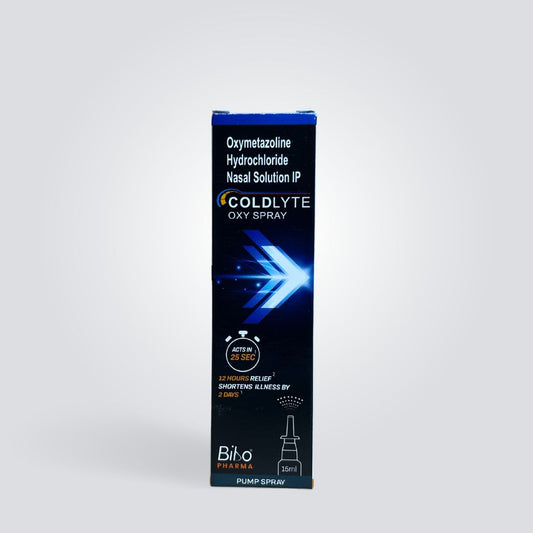 Blog written by: Dhrithi Bhat
Blog written by: Dhrithi Bhat
Both sinusitis and the common cold are respiratory illnesses, and they exhibit some of the same signs and symptoms. They are distinct illnesses, nonetheless, with unique root causes and modes of care. In this blog post, we will examine the distinctions between sinusitis and the common cold, illuminating their signs, causes, and treatments. Understanding these differences will help us recognize and treat these diseases for effective alleviation.
Throat and nose are both impacted by the typical cold virus. It is often referred to as an upper respiratory tract infection. It is extremely contagious and spreads through microscopic droplets inhaled by an infected individual while they cough, sneeze, or speak. A runny or stuffy nose, sneezing, sore throat, coughing, and mild weariness are among the common cold symptoms. The common cold can be uncomfortable, but it typically goes away on its own after a week to ten days of rest and proper care.
On the other hand, sinusitis describes the inflammation of the air-filled spaces within the facial bones that surround the nose known as the sinuses. This illness is frequently brought on by a bacterial or viral infection, while allergies can also play a role occasionally. Symptoms of sinusitis include headaches, face pressure or pain, nasal congestion, runny nose, and headaches comparable to those of the common cold. However, sinusitis symptoms are typically more enduring and, if untreated, can remain for a number of weeks or even months.
Symptoms:
Although there are some symptoms that the common cold and sinusitis have in common, there are also some significant differences that can help differentiate the two. The more common cold symptoms, such as a runny or stuffy nose, sneezing, a sore throat, and mild exhaustion, are usually less severe. However, sinusitis symptoms can be more severe and include headaches, facial pain or pressure, and thick, yellow, or green nasal drainage. Additionally, sinusitis symptoms typically last longer than a usual cold.
Causes and Risk Factors:
Numerous virus strains, including rhinoviruses and coronaviruses, are the main culprits behind the common cold. Since it spreads quickly in crowded areas, it is frequently found in businesses and educational institutions. On the other hand, fungi, bacteria, and viruses all have the potential to cause sinusitis. Sinusitis risk factors include allergies, structural issues with the nasal passageways, nasal polyps, and weaker immune systems.
Treatment and Management:
Common cold treatment aims at reducing symptoms and involves rest, fluids, over-the-counter painkillers, and decongestants. Treatment for sinusitis varies according to its severity and etiology. While bacterial sinusitis may need antibiotics, viral sinusitis frequently gets better on its own with supportive treatment. Decongestants, nasal corticosteroids, painkillers, and nasal saline irrigation can also be utilized to reduce symptoms and speed up recovery.




